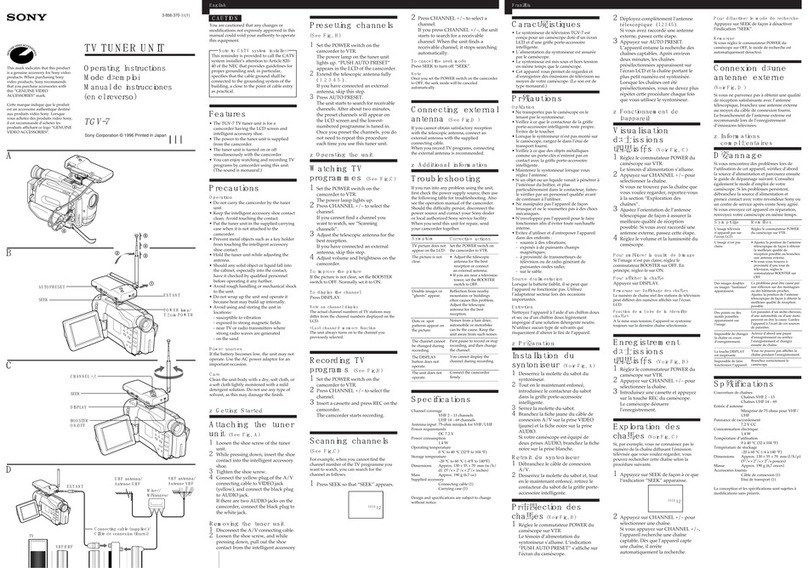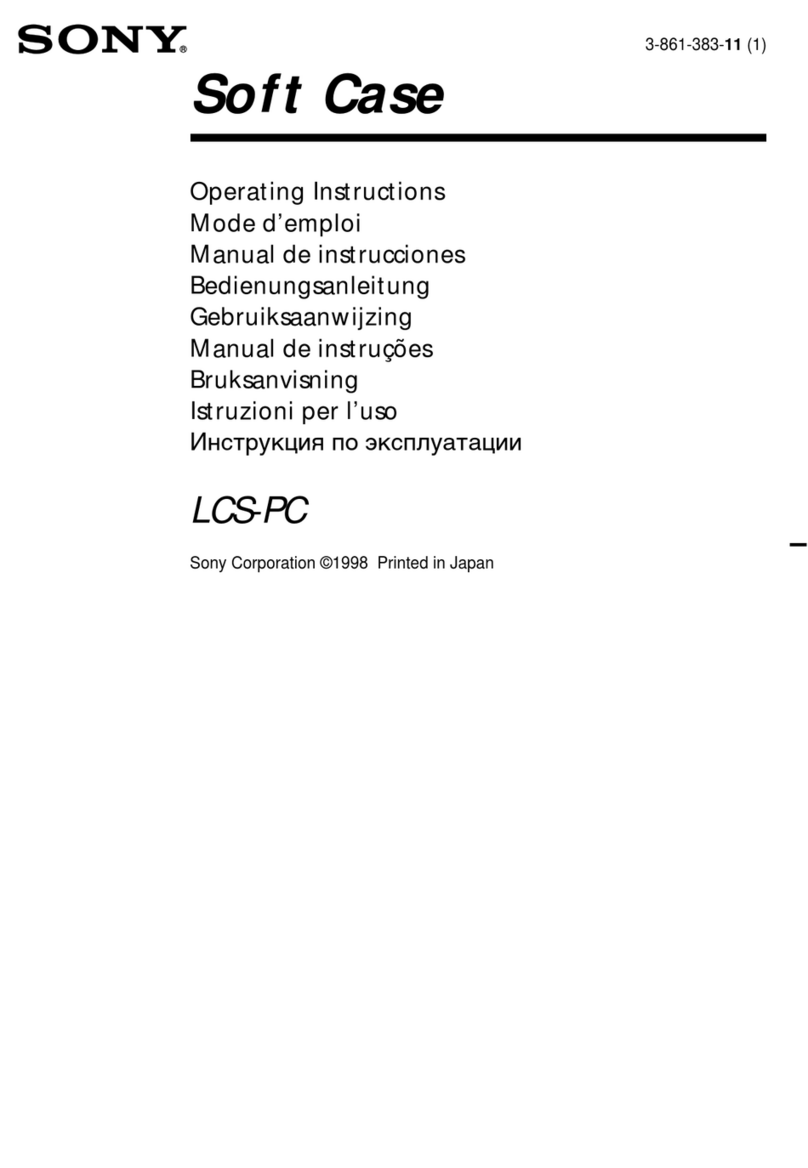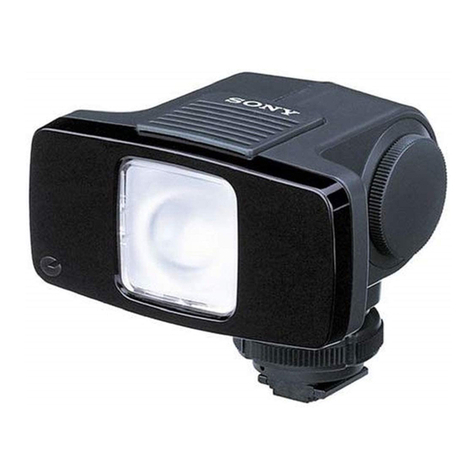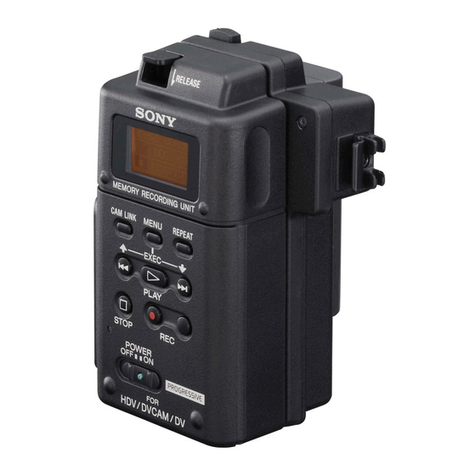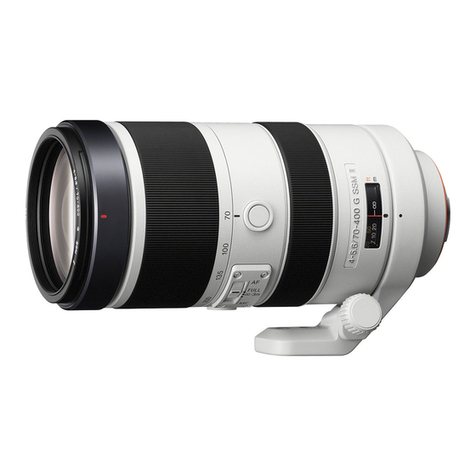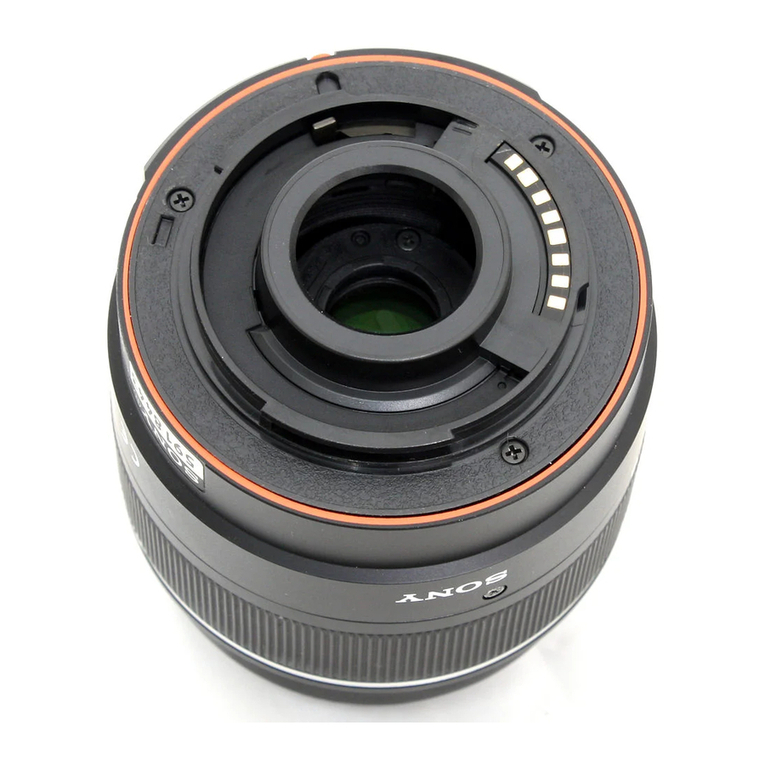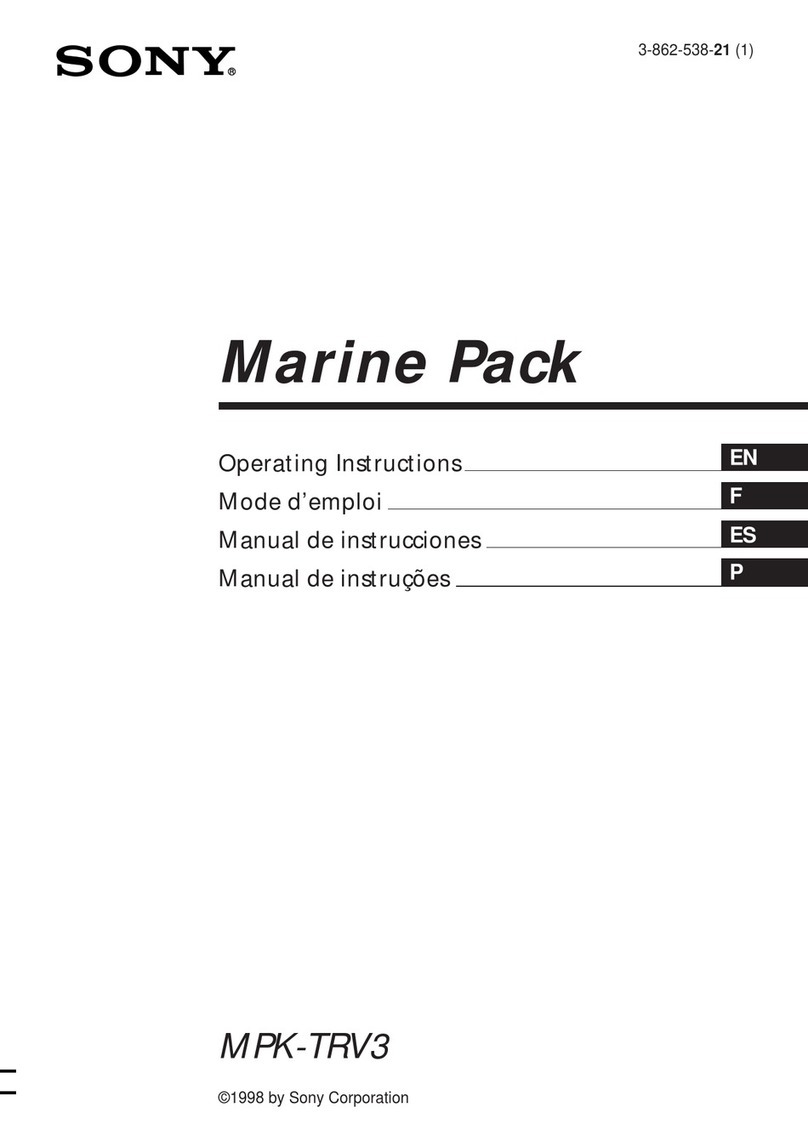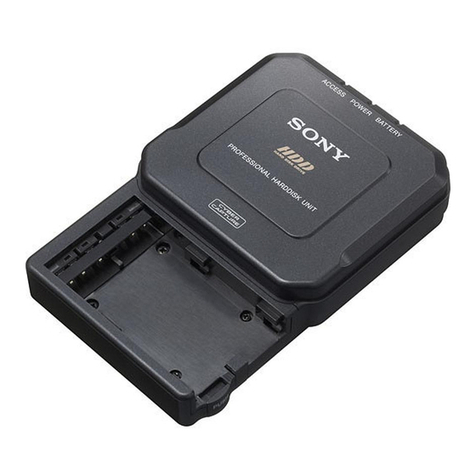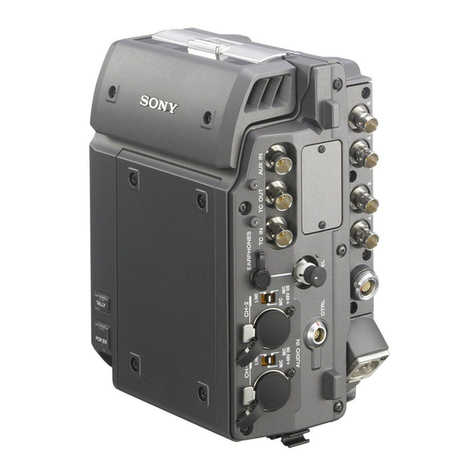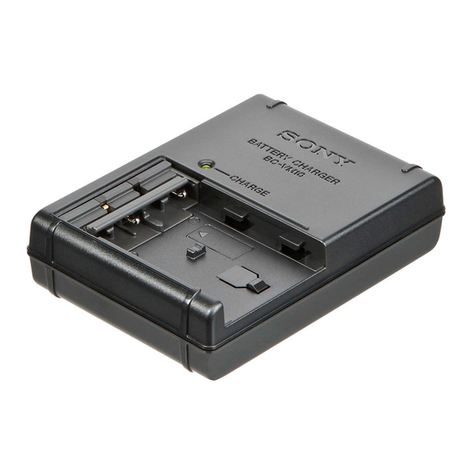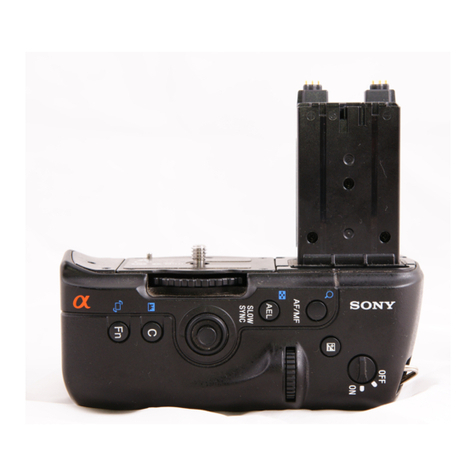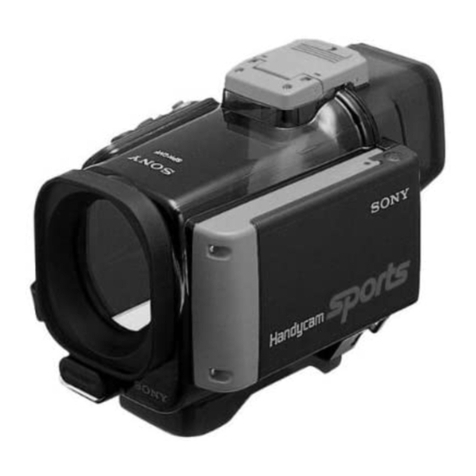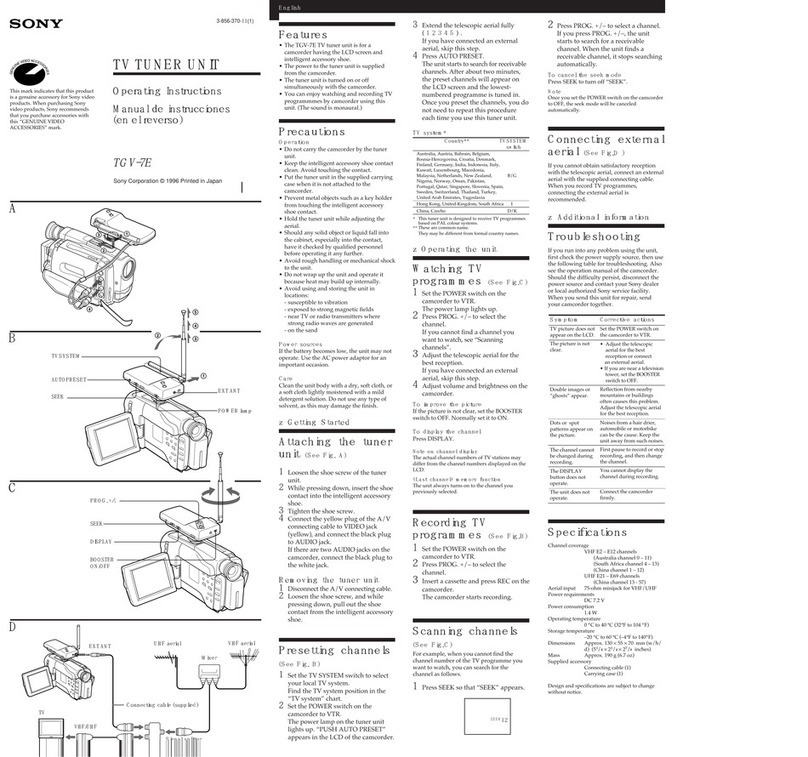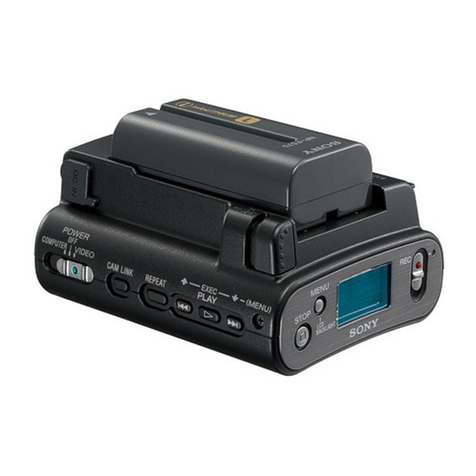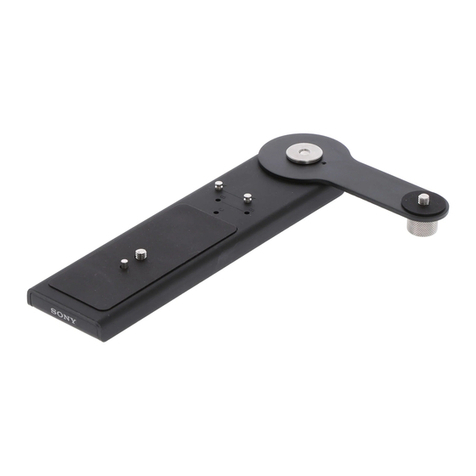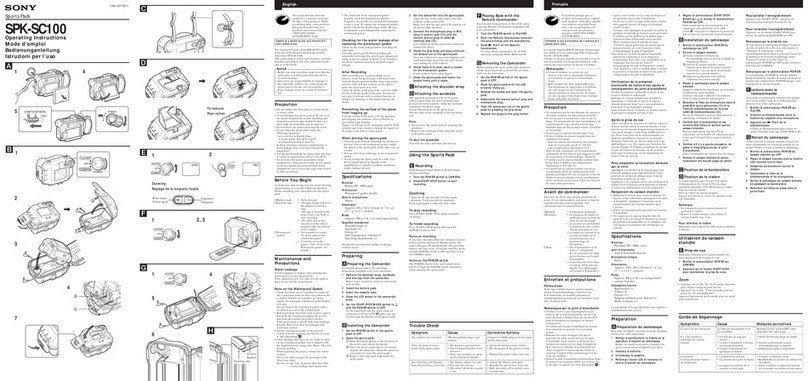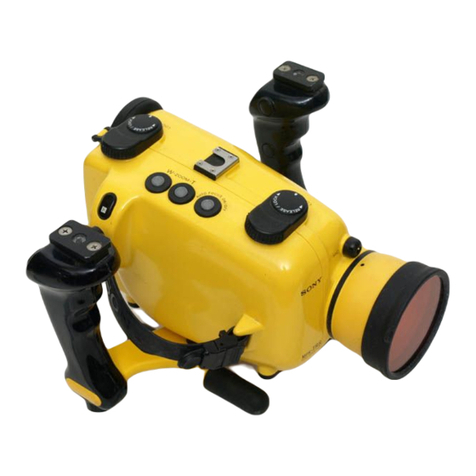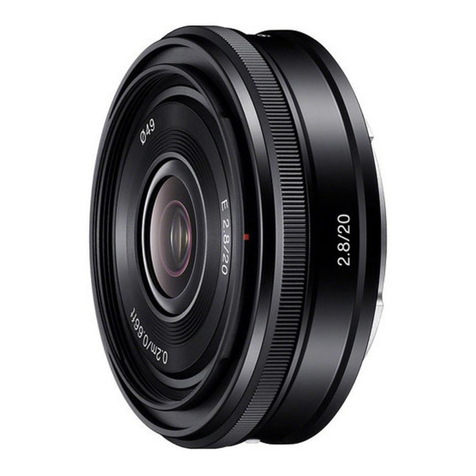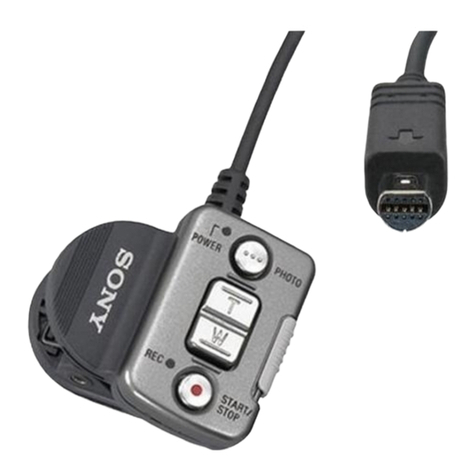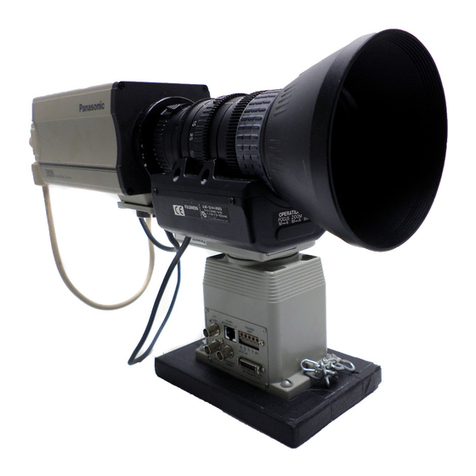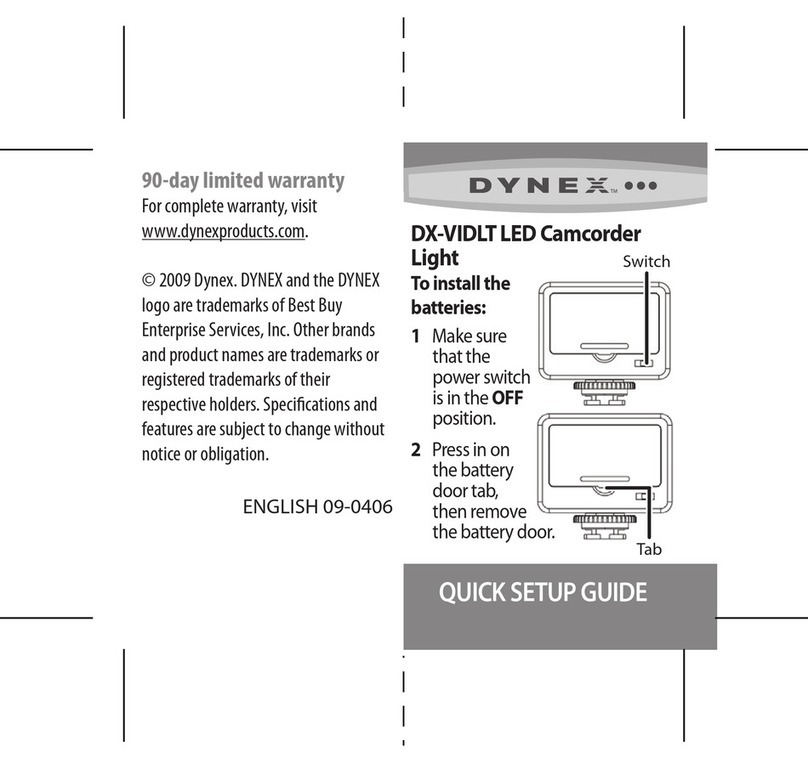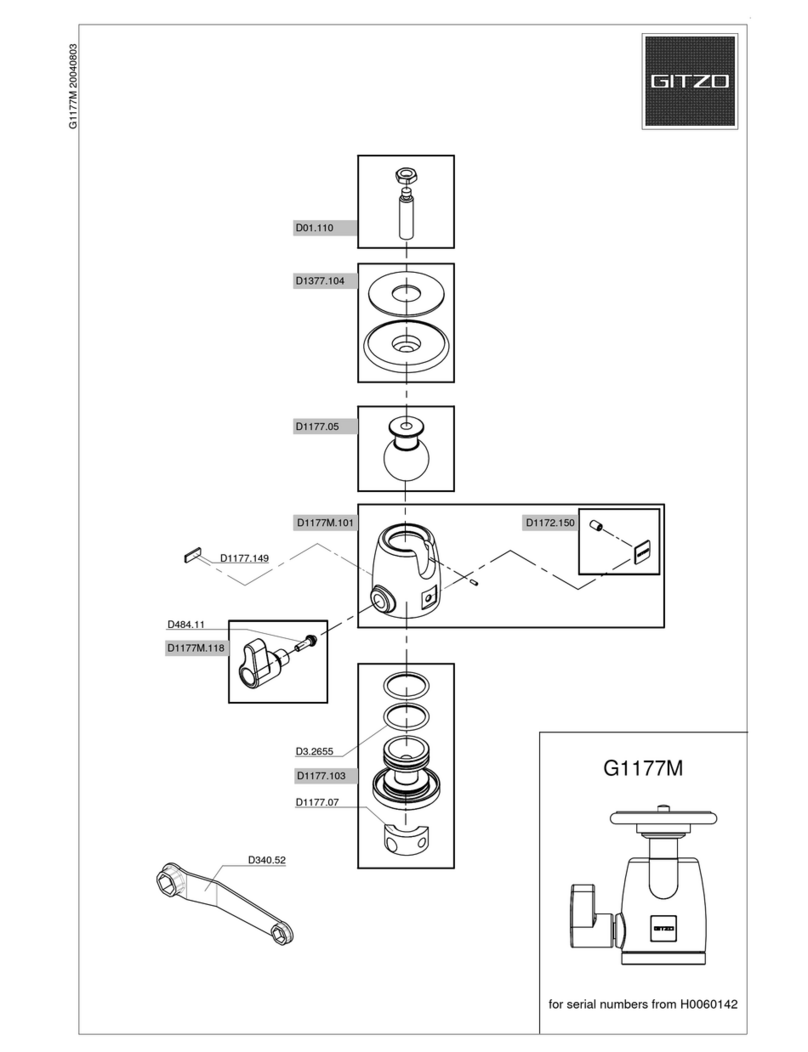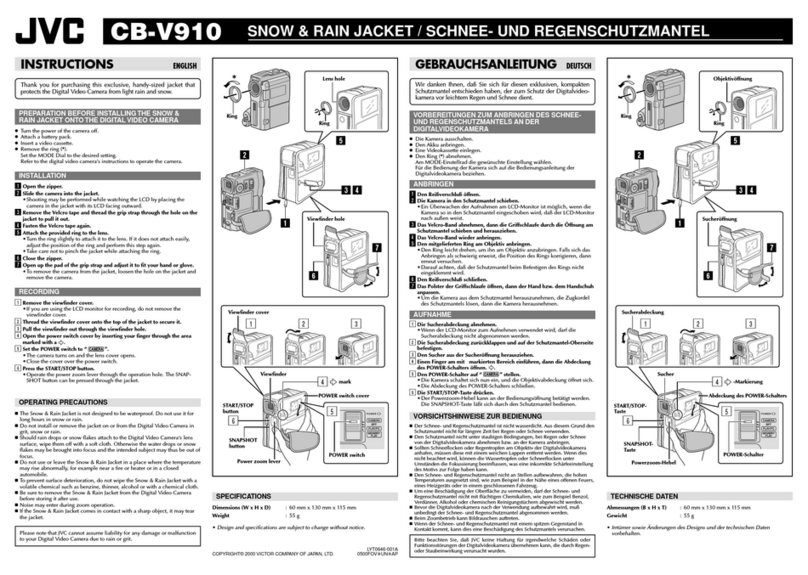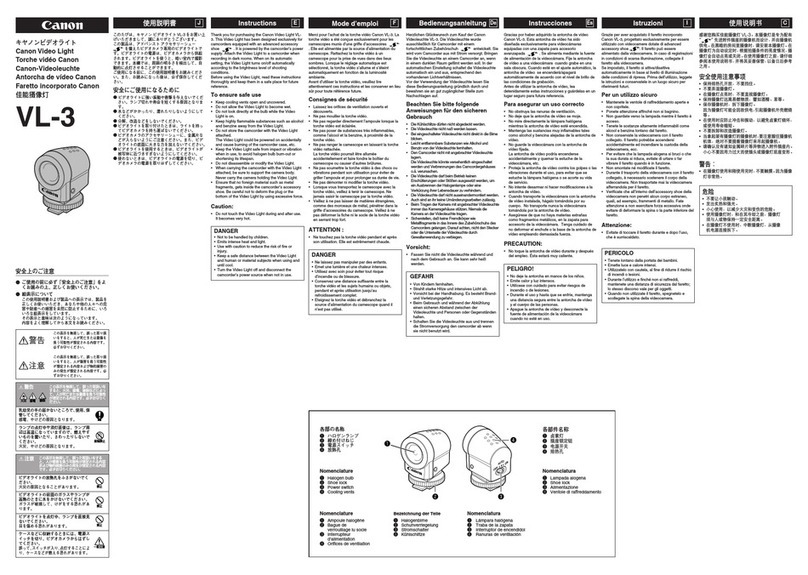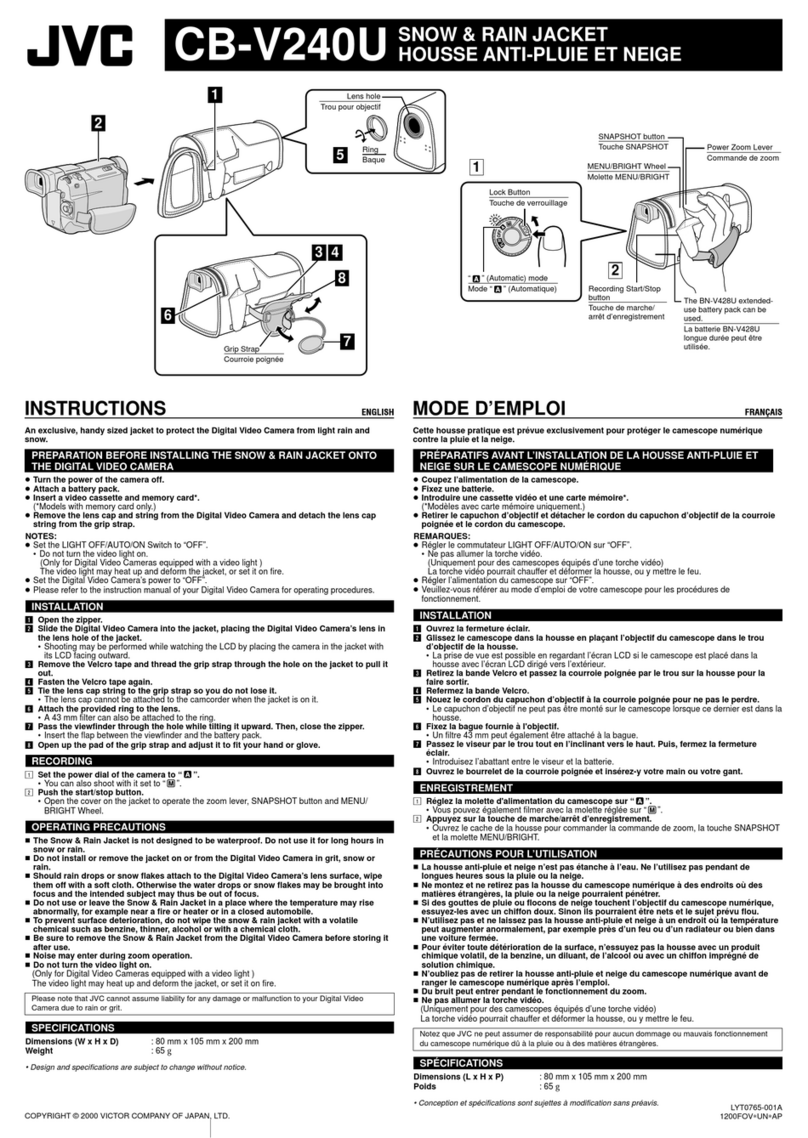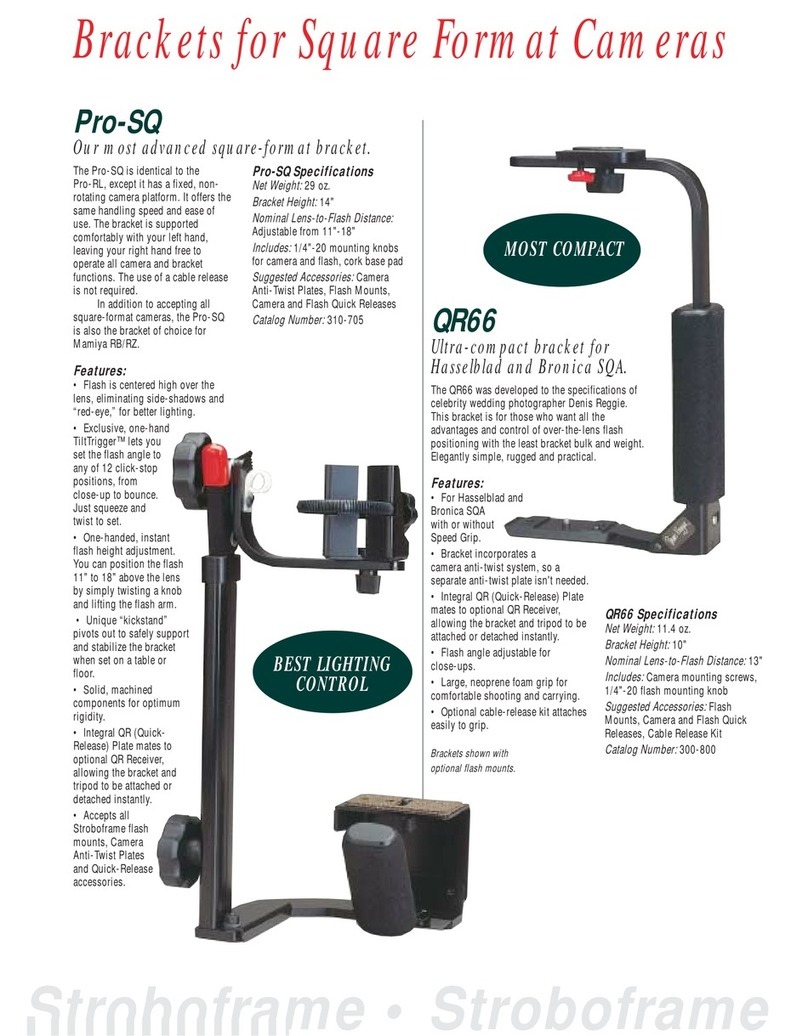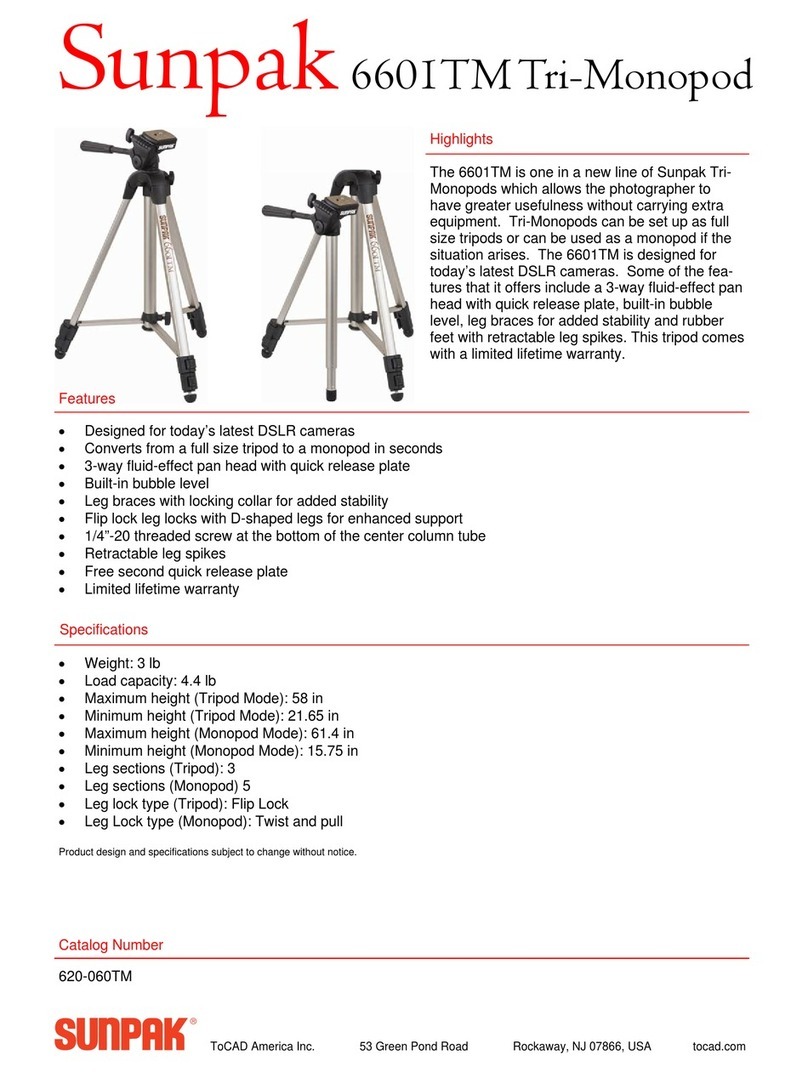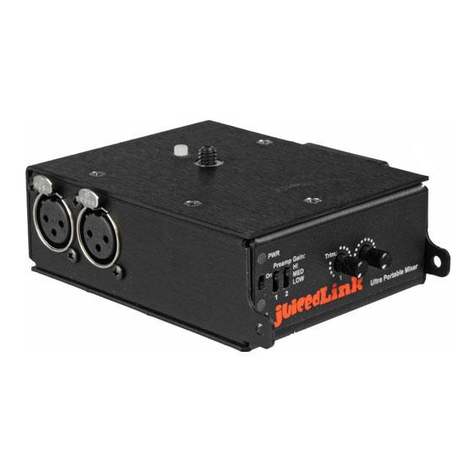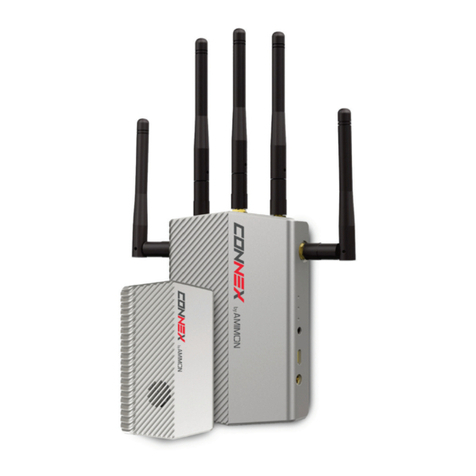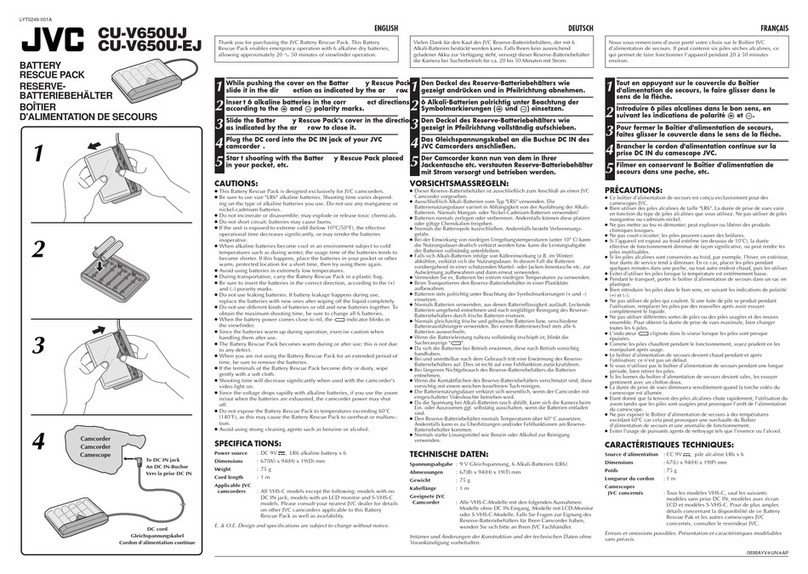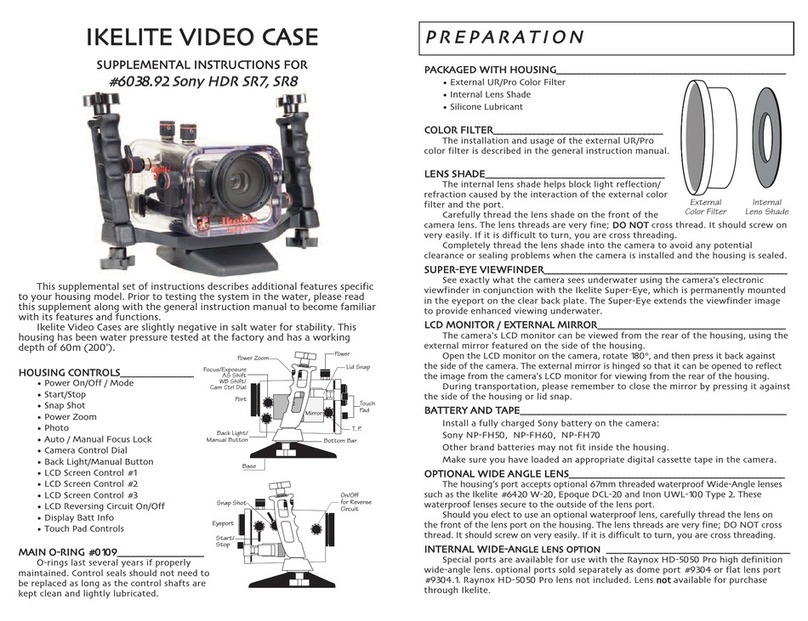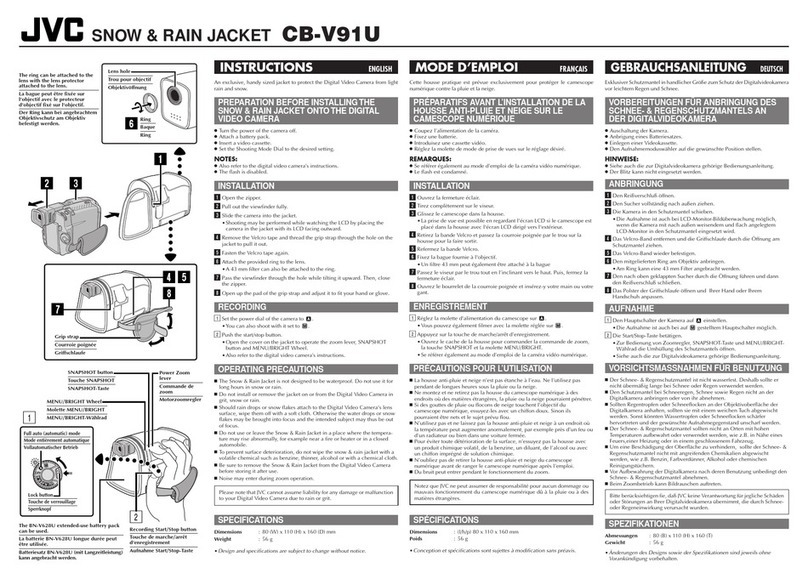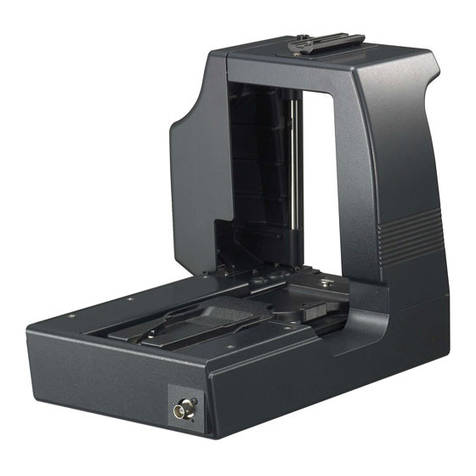
– 2 –
ICX418AKL
USE RESTRICTION NOTICE (December 1, 2003 ver.)
This USE RESTRICTION NOTICE ("Notice") is for customers who are considering or currently using the CCD
products ("Products") set forth in this specifications book. Sony Corporation ("Sony") may, at any time, modify
this Notice which will be available to you in the latest specifications book for the Products.You should abide by
the latest version of this Notice. If a Sony subsidiary or distributor has its own use restriction notice on the
Products, such a use restriction notice will additionally apply between you and the subsidiary or distributor.You
should consult a sales representative of the subsidiary or distributor of Sony on such a use restriction notice
when you consider using the Products.
Use Restrictions
•The Products are intended for incorporation into such general electronic equipment as office products,
communication products, measurement products, and home electronics products in accordance with the
terms and conditions set forth in this specifications book and otherwise notified by Sony from time to time.
•You should not use the Products for critical applications which may pose a life- or injury- threatening risk or
are highly likely to cause significant property damage in the event of failure of the Products.You should
consult your Sony sales representative beforehand when you consider using the Products for such critical
applications. In addition, you should not use the Products in weapon or military equipment.
•Sony disclaims and does not assume any liability and damages arising out of misuse, improper use,
modification, use of the Products for the above-mentioned critical applications, weapon and military
equipment, or any deviation from the requirements set forth in this specifications book.
Design for Safety
•Sony is making continuous efforts to further improve the quality and reliability of the Products; however,
failure of a certain percentage of the Products is inevitable. Therefore, you should take sufficient care to
ensure the safe design of your products such as component redundancy, anti-conflagration features, and
features to prevent mis-operation in order to avoid accidents resulting in injury or death, fire or other social
damage as a result of such failure.
Export Control
•If the Products are controlled items under the export control laws or regulations of various countries, approval
may be required for the export of the Products under the said laws or regulations.You should be responsible
for compliance with the said laws or regulations.
No License Implied
•The technical information shown in this specifications book is for your reference purposes only. The
availability of this specifications book shall not be construed as giving any indication that Sony and its
licensors will license any intellectual property rights in such information by any implication or otherwise. Sony
will not assume responsibility for any problems in connection with your use of such information or for any
infringement of third-party rights due to the same.It is therefore your sole legal and financial responsibility to
resolve any such problems and infringement.
Governing Law
•This Notice shall be governed by and construed in accordance with the laws of Japan, without reference to
principles of conflict of laws or choice of laws. All controversies and disputes arising out of or relating to this
Notice shall be submitted to the exclusive jurisdiction of the Tokyo District Court in Japan as the court of first
instance.
Other ApplicableTerms and Conditions
•The terms and conditions in the Sony additional specifications, which will be made available to you when you
order the Products, shall also be applicable to your use of the Products as well as to this specifications book.
You should review those terms and conditions when you consider purchasing and/or using the Products.
